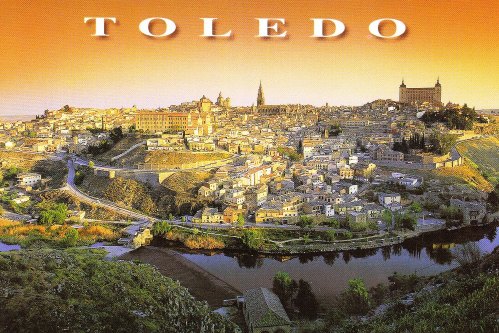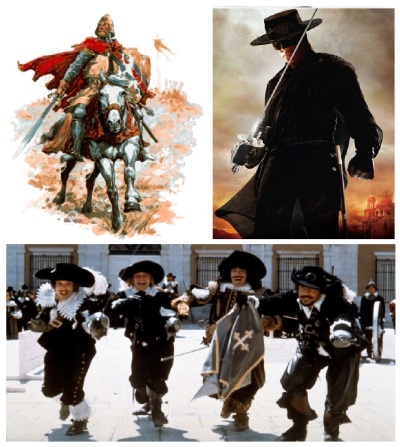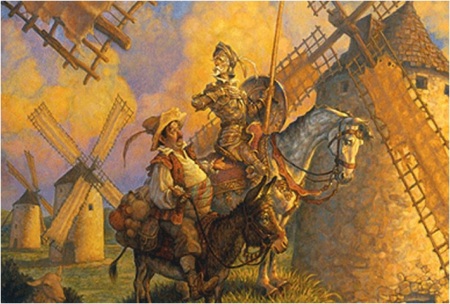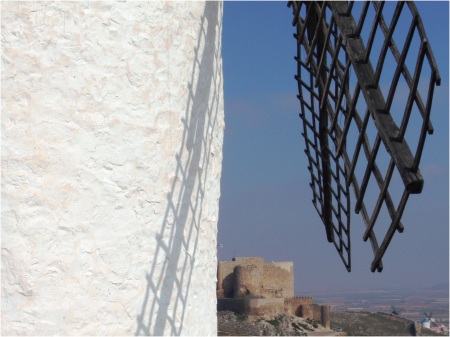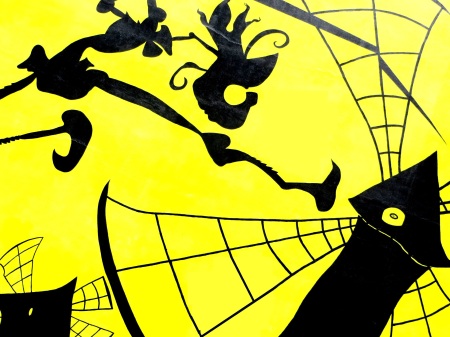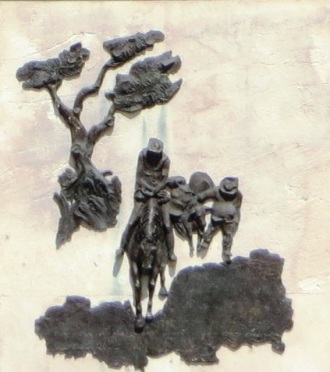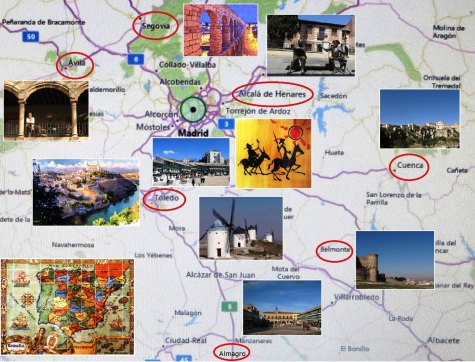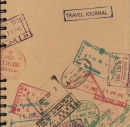
“It gave me vertigo to imagine what it must be like living up there, a permanent aviator above the trees” Ted Walker – ‘In Spain’
From Belmonte to Cuenca was a distance of about sixty miles and leaving Belmonte the drive took us first of all through gently undulating fields with the most attractive colours that rolled rhythmically but desolately away in all directions. A stunning vista of subtle hues and variations of tone; champagne and parchment, butter-milk cream, dusty olive, lavender grey, pheasant copper and russet gold that were almost autumnal all lying lifeless and crushed under the burden of a vivid blue spring sky.
Now we were on the ‘Ruta de Don Quixote’ which is the golden thread that binds the Castilian tourist industry together in a ribbon of castles and windmills stretching all the way in a circuitous route from Madrid to Toledo.

We were using a relatively minor road and after half way the landscape began to change and we left behind the patchwork of fields and farmland and as we started to climb through hills there was more drama with steep sided hills and pine forests and the busy water of the Júcar River dashing madly through narrow gorges. We were approaching the city of Cuenca.
Cuenca is a big city and capital of the fifth largest province in Spain but we found a parking spot next to the river with surprising ease. The city was built here because the rocky outcrop of land lies between two deep river gorges, the Júcar and the Huécar and it made an excellent location for a defendable fortress.
At three hundred miles long the Júcar is a big river but it was not especially lively today in the City and we followed a man in a battered sombrero along the path next to the lethargic oozy green water that slipped lazily by until we came to steep steps that took us away from the water and up towards the old city, through a crumbling arch and into the main street to the top. On the way we passed some brightly coloured tall buildings just before a narrow archway in the road underneath the town hall that led into the Plaza Mayor.
In the Plaza there were more gaily coloured houses, shops and pavement cafés and bars and the city’s Cathedral that was completed in the thirteenth century but partly fell down in 1902 and over a hundred years later the rebuilding of the façade still remains to be fully completed and remains a curious mix of architectural styles from Anglo-Norman to Iberian Gothic.

We continued to the top stopping on the way to climb the castle walls and to admire the scenery of the gorges stretching out seemingly endlessly on either side of the city. Climbing even further we reached the very top and here there were various vantage points of the city from elevated craggy rocks where people, without the precaution of a parachute were walking out and taking as much risk as they might dare just to get the perfect selfie photograph.
Standing above the vast ravine that winds its way around Cuenca I could suddenly see why this was once regarded as the unconquerable city. This ancient citadel is perched on a steep rocky peak, high above the surrounding plain, and the treacherous gorge below encircles the city like a moat and this is the deepest moat you’ve ever seen, a giddy drop of several hundred feet, with nothing beneath to break a fall.
From this position it was clear to see how the city had developed. There was only limited space at the top of the rock so as it grew and it was unable to expand outwards the city went up instead and that explained the tall houses. Even more dramatically it also went as far as it possibly could in making use of all available space and in the fifteenth century houses were built like Swallow’s nests with rooms and balconies partly and precariously overhanging the gorge above the Huécar River.
These are called the Las Casas Colgadas, the hanging houses, and are the most famous attraction in the city.

It was time for lunch but at half past three the bars and restaurants were all overcrowded and doing brisk business and with no prospect of a seat there we had to walk back towards the town and discovered a place in full sun overlooking a rather splendid convent. I was surprised that the town was so full but we learned later that today was Father’s day in Spain and all of the children were off school and out with their parents for the day.
We decided to have some tapas but the menu was giving nothing away in assisting with a selection of dishes we didn’t recognise and the waitress could give no helpful explanation except in Spanish so we went for the ‘surprise me option’ and stabbed a nervous finger towards a couple of items on the menu and sat back in anticipation.
When it arrived we had a chicken dish and a sort of mutton stew, which we probably wouldn’t have knowingly selected but it was tasty and filling and we ate it all and when we had finished we communicated to the waitress the best that we could that we had thoroughly enjoyed it in that polite sort of way that we do when we cannot speak each other’s language.
It was late afternoon so we left Cuenca getting slightly lost in the tangle of streets on the way out and with no real alternative returned to Belmonte by the same route, first through the rugged hills, the raging water and the winding road and then to the gentle rolling plains, the languid fields and the long straight road.
Later we walked out again and even though this was Father’s day Belmonte was just as quiet as the night before but we found a nice bar in a hotel in the centre of town where we had drinks and olives before returning to the Palacio Buenavista Hospedestra for evening meal, a last drink in the bar and a second early night.
It had been a very good day indeed!






































